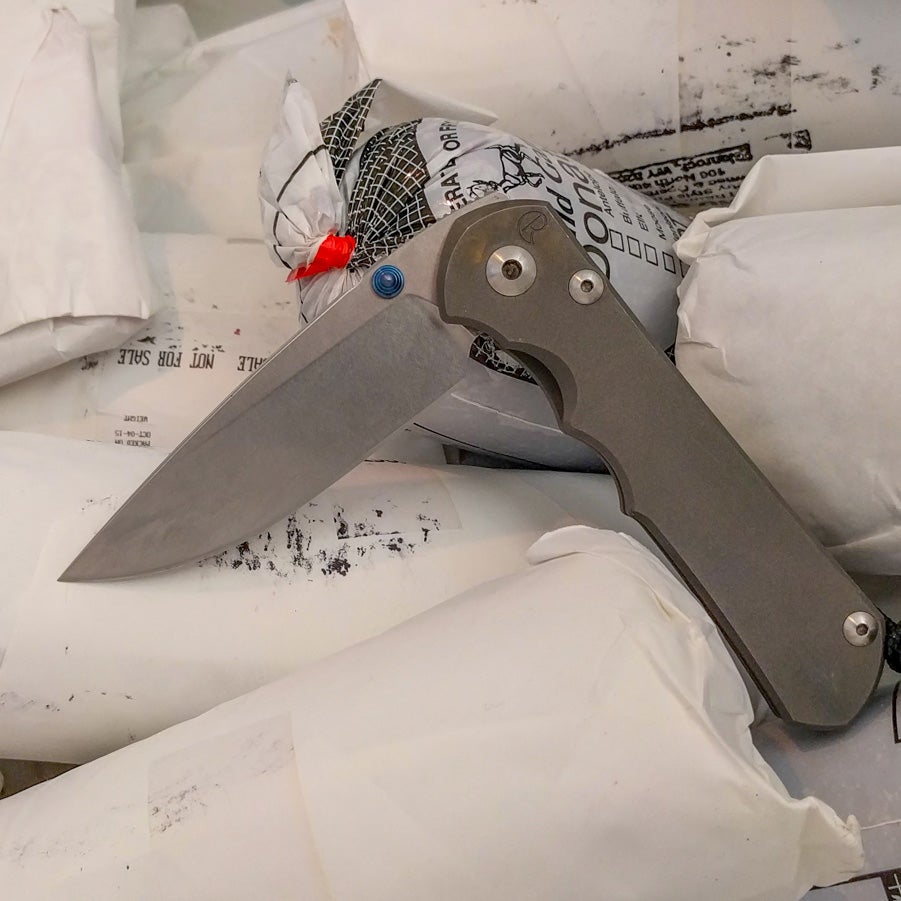Last week, I explained how to navigate the crowded, overly complicated world of multitools and buy a simple, effective model. As part of that advice, I suggested you avoid multitools with blades and instead carry a standalone pocketknife. Here’s how to figure out which one you need.
TL;DR: Buy a Sypderco Delica 4 FFG. It’s ambidextrous, versatile, high quality, and easy to carry—all for a reasonable price.
Why Carry a Knife?
A few years ago, I witnessed a car accident where a driver rolled his truck down a cliff. I was the first capable person on the scene, so I shouted at someone to go find cell reception and call 911 while I climbed down to the driver. The truck was perched against a manzanita and at risk of falling farther. With official help at least 45 minutes away, it was clear I needed to do something. Fortunately, I was carrying a pocketknife with a glass breaker on the handle, so I was able to smash a window. The guy was conscious but incoherent, having sustained a bleeding head wound and various other injuries. He was hanging upside down, and the seatbelt wouldn’t release, so I used the knife to slice him out.
Without the knife, I might have been able to smash the window with a rock, but it wouldn’t have been easy. And I might have been able to wiggle him out of the seatbelt, but that could have exacerbated his injuries. Both of those actions would have been slower than just using the knife.
In the end, because I had a good knife on me, a bad situation was made slightly better.
In far less exciting circumstances, I use my knife every day to open packages, cut fasteners and rope, assist with small vehicle and home repairs, and prepare and eat dinner. A sharp pocketknife makes an excellent replacement for the a dull restaurant steak knife.
Is a Knife a Weapon?
, albeit a poor one. Poking very small holes in a foe can cause major damage, but not the kind that hurts enough to cut through adrenaline and stop an attacker. But that doesn’t stop knives from being subject to labyrinthine legislation, which varies by country, state, municipality, and facility. where you live or are visiting.
Where I live in Los Angeles, I’m allowed to carry a knife of any size and locking configuration as long as I don’t conceal it. There’s no clear definition of “concealment,” so if you run into the wrong cop at the wrong time, you risk getting in trouble for having even a small Swiss Army knife buried in a pocket. Use common sense and do some research, and you’ll be okay.
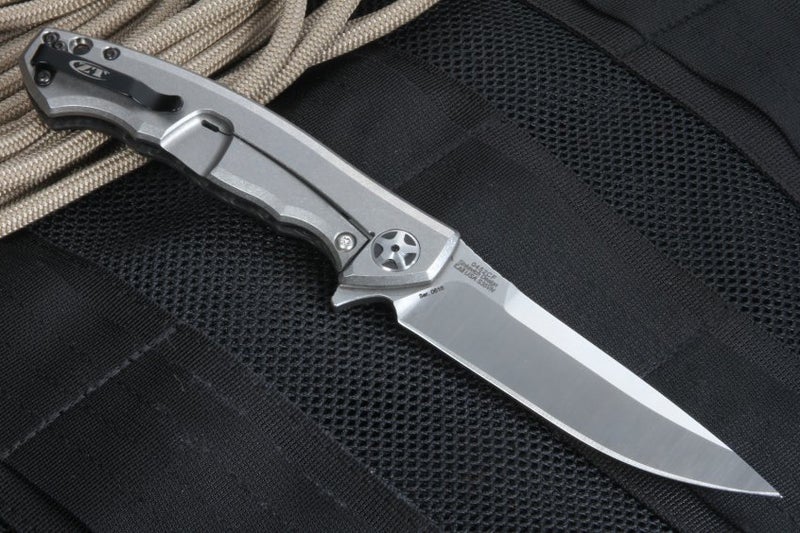
What Type of Knife Should You Carry?
I’m talking about pocketknives you want to carry with you every day, so I’m going to focus on folding designs, not fixed blades.
With folding knives, the mechanism that holds the blade open is crucial. Knives that rely on tension between the handle and the blade to stay open or Swiss Army–style designs that use a tensioned bar to press against the blade’s back fold under pressure. For that reason, you want a knife with a strong locking mechanism.
Because you already read that multitool guide and are now carrying a small, convenient multitool, you’ll want a knife with a single blade between two and four inches long. These designs are ubiquitous: all the big brands, such as Spyderco, SOG, Benchmade, and Cold Steel, make them.
With such a design, you get a high-quality blade, a strong and reliable locking mechanism, and a handle that actually lets you wield the thing.
How You Carry It Matters
Like multitools, the entire point of a pocketknife is to have one in your pocket. If it’s too big, too bulky, or too awkward, you won’t have it on you when you need it.
Most people carry their knives in their pants pockets. You can clip one inside a jacket or shove it in your cargo pants or put one on a keychain, but for rapid access and secure carry, nothing beats the pants pocket.
In that pocket, you’ll want the knife to ride with the blade’s tip pointing up. The back of the blade should face rearward, flush with the back of your pocket. This configuration allows you to grab the knife easily and prevents the blade from accidentally falling open in your pocket. Look for pocket clips that sit adjacent to the blade’s tip and let you carry the knife low in your pocket. SOG makes really great pocket clips; Spyderco makes really bad ones. And there are people on knife forums who can make you better clips for a few bucks if you do your research.
Bigger Isn’t Always Better
Right now, I’m carrying a fancy Benchmade 484 that my friend gave me as a gift. At just three inches long and 0.114 inches thick, the blade is shorter and thinner than I’m used to carrying. But that makes it a lot better at daily tasks. For example, I’m a steak enthusiast, and I use this knife to cut meat at home and restaurants. The thin blade is much better at slicing and doesn’t sacrifice any capability. It’s the pivot more than the thickness of the blade that determines strength.
A knife is supposed to be useful when you need it. A shorter, thinner, lighter design may be a better choice than something that looks impressive but is difficult to carry.
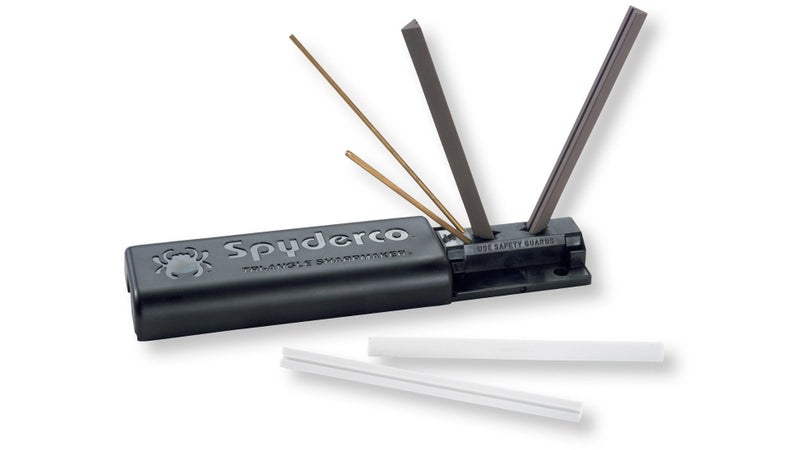
Serrations Can’t Match Sharpening
The point of serrations is to enable you to cut cord and other tricky manmade materials when your plain edge is dull. That’s handy when the rest of your blade is dull, but serrations are impossible to sharpen and eat up valuable real estate on your blade. A simple plain edge kept sharp will always perform better and be much more versatile than a serrated one. Learn to use a Spyderco Sharpmaker, then use it lightly and frequently, and you’ll be set.
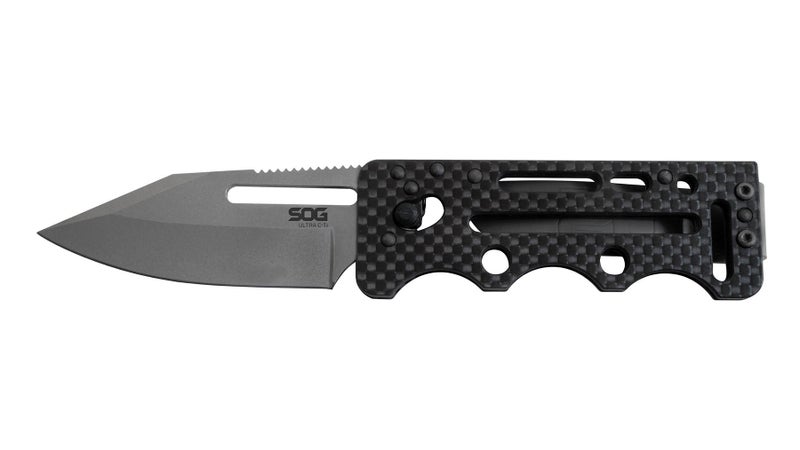
Pick Your Steel Wisely
Steel comes in a huge variety of flavors. On a pocketknife, it’s nice to have the stainless variety, which is easy to care for. A stainless blade will be a little more difficult to sharpen than high carbon, but the payoff is better corrosion resistance.
Avoid any knife of any kind that lists its blade material as “surgical steel.” It’s a meaningless, confusing term that just sounds fancy. Instead, look for a named steel of some kind. Whether its AUS8, S30V, or VG10, you’re looking at a nice knife if the manufacturer lists the name of the blade material.
If you follow those general guidelines, the rest comes down to personal preference. I love my DPx HEST/F. It has an ideal blade shape combined with a simple, robust titanium frame lock on one side and a G10 handle on the other. I’ve come to love the carbide glass breaker on the handle: it’s essential for vehicle emergencies.
And the Shape of the Blade
Knife blades come in a wide variety of shapes and grinds. For the purposes of everyday practicality, avoid anything that looks like it was designed by a Klingon and go for the drop-point shape you see in every knife shown in this article. The sweeping belly gives you the most real estate to cut stuff, and it’s versatile, easy to use, and strong.
As you dive down the knife rabbit hole, you’ll also find different grinds. (Grind is the blade’s shape when viewed head-on.) The best knives for everyday carry are full flat grinds, meaning the knife is a simple wedge from edge to spine. This full flat grind configuration makes the most of a blade’s width.
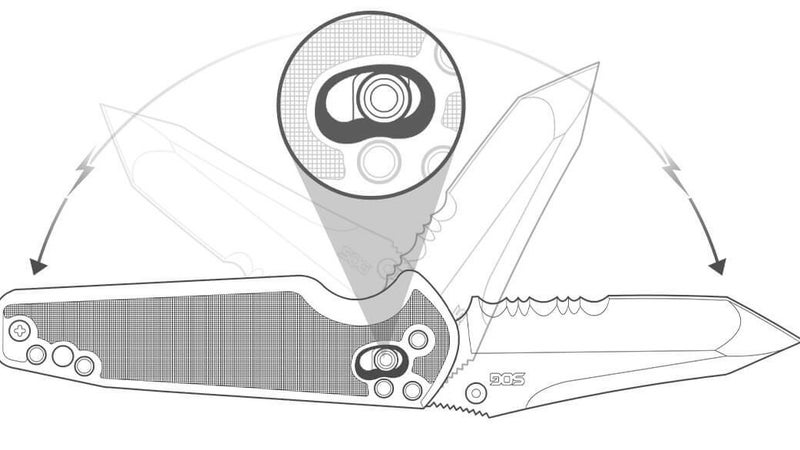
Don’t Let Locks Confuse You
Every manufacturer has its own riff on the locking mechanism, which they’ll claim is the strongest, fastest, or whatever. All have advantages and disadvantages. Look for the simplest possible design, free from springs and other small parts that may fail.
Frame locks are the most secure locking mechanism. They fold a portion of the frame inward when the blade is open, which prevents it from collapsing. If a knife has a frame lock, it’s a good one. As an alternative, Spyderco’s compression lock is also pretty good and costs less.
What Does Assisted Opening Mean?
Because , switchblades are widely banned in this country. They’re typically defined as any knife that opens at the push of a button. A loophole in the law states that you can use a blade that springs open when you apply pressure. Those models are called assisted knives, and while they’re fun, they’re also totally unnecessary, and the added complication adds price while reducing reliability. Any knife you can open one-handed is fine.
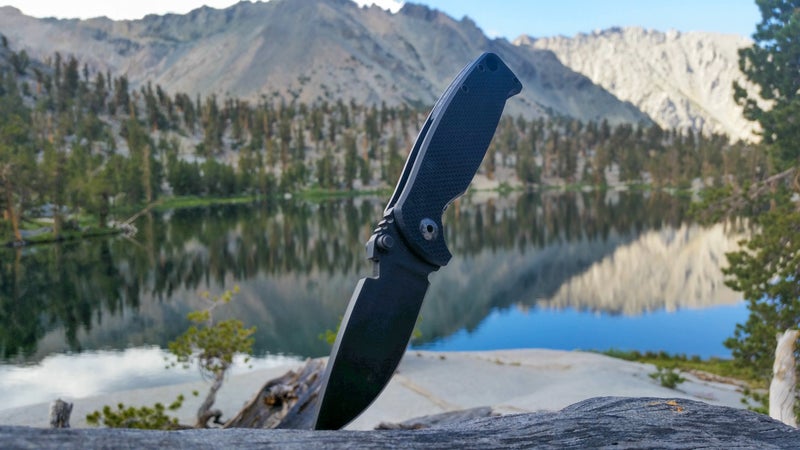
Don’t Forget the Handle
You want your knife to be comfortable in your hand with a variety of grips while providing good traction, wet or dry. Look for a handle that’s large enough to fit your entire palm and shaped to prevent your hand from sliding forward onto the blade and that holds well (no sharp edges or pointy bits).
Plenty of materials make good knife handles, from textured plastic to metal to antlers. But by far the best option is G10, a heavily textured composite material that’s easy for manufactures to shape, is incredibly strong, and won’t slip at all, even when wet. You’ll find it on many pricier knives.
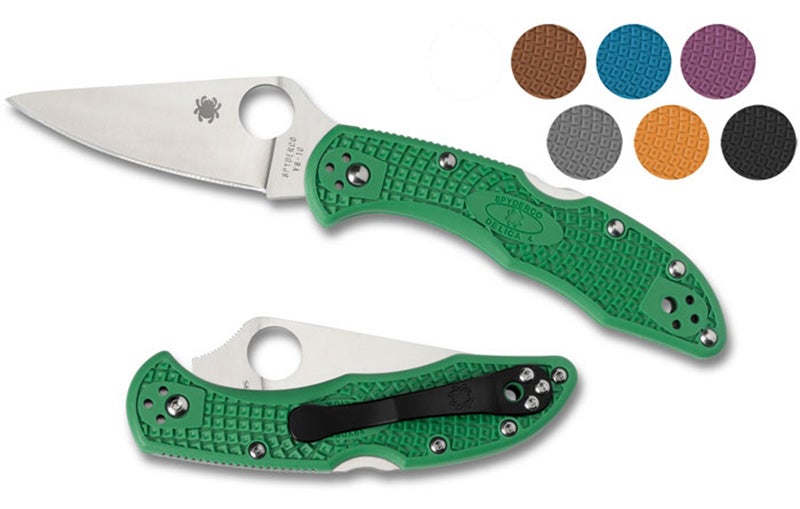
How Much Should You Spend?
Plenty of people are happy with a $30 knife. When it breaks, they just buy a new one.
I, on the other hand, am an advocate of spending more on a knife of vastly better quality. Something like a model from the Spyderco Delica range. Available around $60, they tick every box I’ve talked about above and will provide many years of reliable, high-performance service.
You’ll spend more than $60 if you want something that feels nicer or looks fancier. If you love the feel of a quality tool and geek out on pivot smoothness, exotic materials, and sheer rarity, go ahead and spend more. If that sounds dorky to you, buy the Spyderco.


